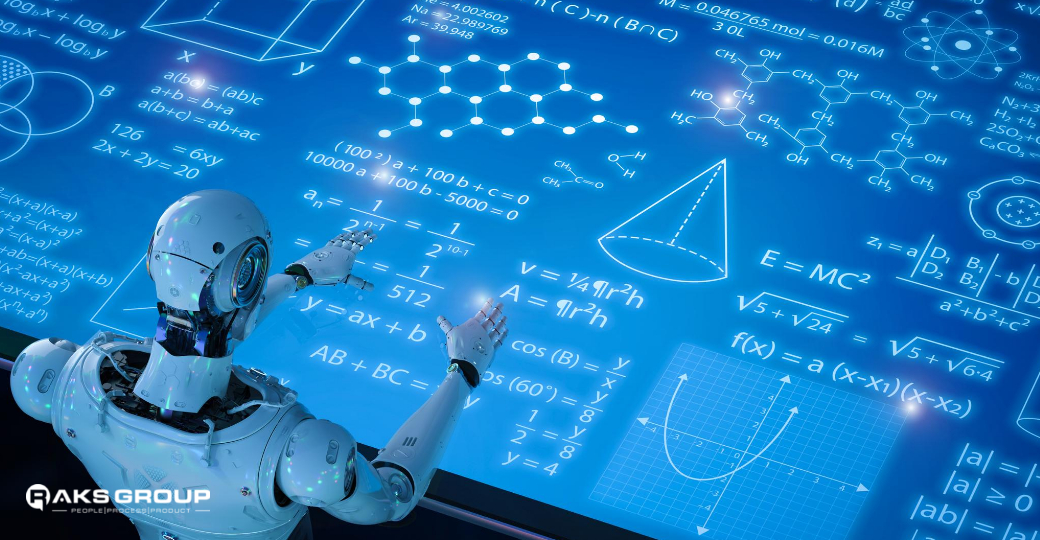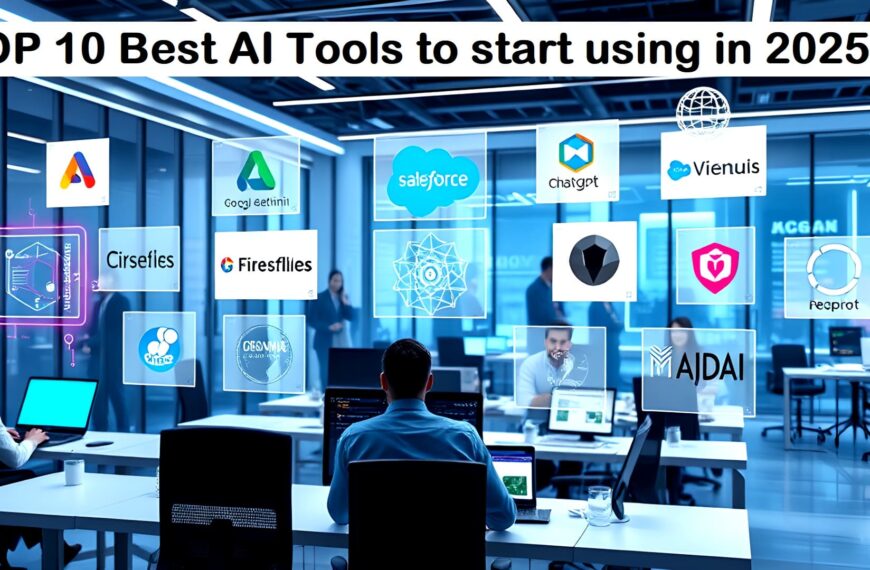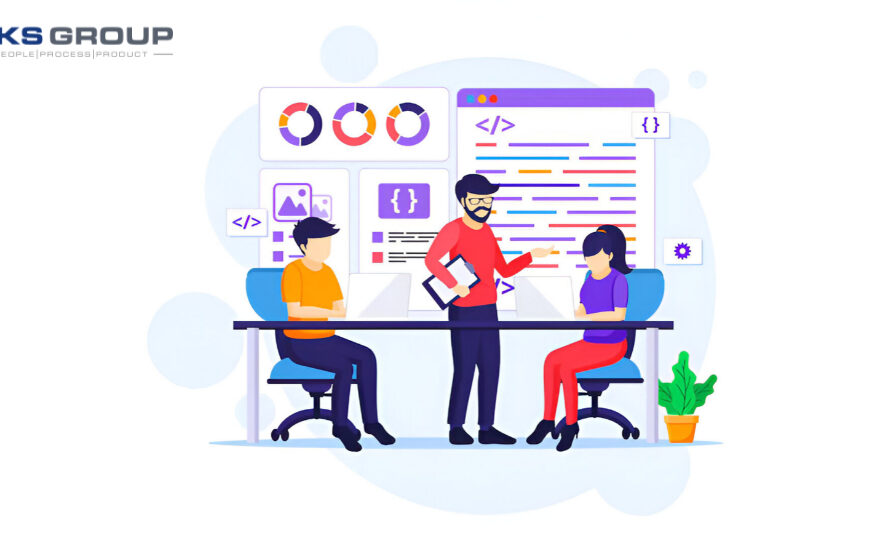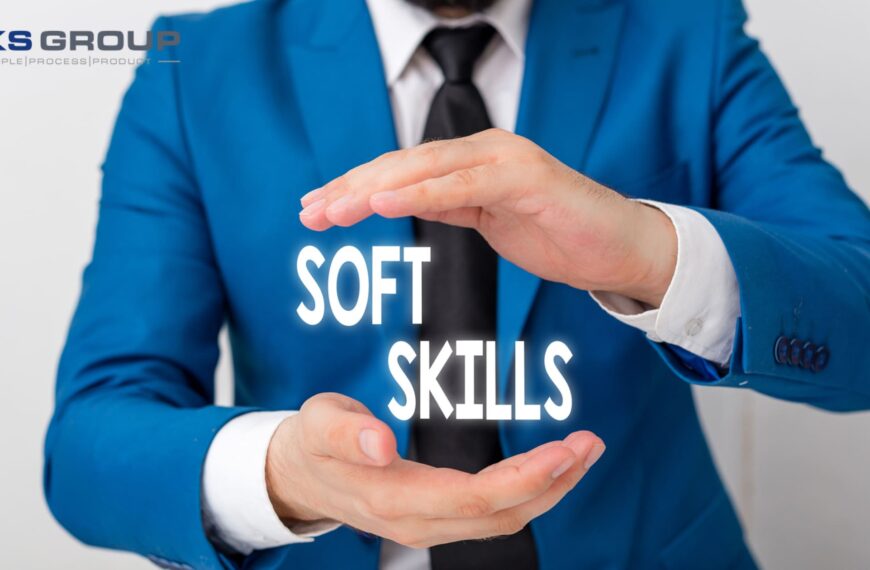In today’s fast-evolving, technology-driven world, businesses face immense pressure to innovate, optimize processes, and deliver products that captivate customers. Artificial intelligence (AI) and machine learning (ML), a powerful subset of AI, are revolutionizing modern product development. By leveraging ML in product development, companies are transforming product development by accelerating the development cycle, enhancing product features, and creating smarter, customer-focused solutions. This blog will delve into how AI and ML are driving efficiency, explore their practical applications, and highlight how AI and ML technologies are shaping the future of product development and manufacturing.
Understanding Machine Learning in Product Development
It is a core component of artificial intelligence and machine learning. It involves machine learning algorithms that learn from vast amounts of data to identify patterns, predict outcomes, and optimize processes without explicit programming. In product development, machine learning enables businesses to use machine learning to analyze data, uncover insights, and drive data-driven decision-making throughout the development lifecycle. Unlike traditional product development, which relies on manual processes, AI and ML in manufacturing and product creation introduce automation, scalability, and precision, reducing development time and improving product performance.
AI systems, powered by machine learning, streamline workflows, empower teams, and tailor product offerings to meet market demands. From product design to supply chain optimization, machine learning technologies are transforming product development by enabling smarter manufacturing and fostering innovation.
Why Machine Learning is Critical for Product Development
The integration of AI and machine learning in product development is reshaping industries by driving efficiency and innovation. Here’s why AI and ML are indispensable:
- Real-Time Decision-Making
AI algorithms and machine learning models process real-time and historical product data to deliver actionable insights, minimizing guesswork. For instance, AI models predict which product specifications resonate with customers, enhancing decision-making and customer satisfaction. - Accelerates the Development Cycle
Speed is critical in product development cycles. AI automates repetitive tasks like prototype testing or feedback analysis, enabling rapid iteration and faster product launches. This AI streamlines development, ensuring businesses stay competitive. - Personalized Product Recommendations
Machine learning applications analyze user behavior to deliver personalized product recommendations, boosting engagement. AI enables manufacturers to create tailored experiences, enhancing the overall product experience. - Cost Optimization
AI solutions optimize resource-intensive processes like supply chain management and manufacturing processes, reducing waste and costs. - Risk Mitigation
Machine learning used in predictive analytics identifies potential failures or market challenges, enabling proactive adjustments. This use of AI minimizes risks and ensures smoother product development workflows.
Key Applications of Machine Learning in Product Development
The impact of machine learning and AI in product development spans multiple stages. Below are key applications showcasing how AI and ML are game-changers:
1. Ideation and Market Research
Successful products begin with a deep understanding of machine customer’s needs. Using natural language processing (NLP), a machine learning technique, businesses analyze social media, reviews, and competitor data to identify trends and gaps. This machine learning use informs ideation, ensuring products align with market demands. For example, a fitness app developer might use machine learning to analyze feedback, identifying needs for intuitive interfaces or tailored workout plans, showcasing how AI can bring innovation to development services.
2. Product Design and Prototyping
Machine learning in product development enhances product design by simulating outcomes and optimizing prototypes. Deep learning-powered generative design allows engineers to input product specifications (e.g., material, cost) and receive optimized designs instantly. In industries like automotive, AI tools create lighter, stronger components, improving product performance and reducing costs. AI models also predict user interactions, enabling intuitive designs.
3. Predictive Maintenance and Quality Control
Product quality is paramount. Machine learning in manufacturing enables predictive maintenance by analyzing sensor data to forecast machine downtime or failures, minimizing disruptions. AI ensures high-quality products by using ML algorithms to detect defects during the manufacturing process. This monitor machine performance capability reduces waste and enhances reliability.
4. Supply Chain Optimization
A robust supply chain ensures timely delivery. AI and IoT, combined with machine learning platforms, forecast demand, manage inventory, and optimize logistics routes. For example, machine learning models predict seasonal demand spikes, preventing overstocking or shortages. Retail giants like Amazon leverage machine learning to streamline their supply chains, showcasing how AI enables efficiency and customer satisfaction.
5. Personalization and Customer Experience
AI and ML in manufacturing drive personalization by analyzing user data to deliver tailored experiences. Streaming platforms like Netflix use machine learning to analyze viewing habits, providing personalized product recommendations. In e-commerce, AI agents like chatbots offer customized support, driving sales and improving the overall product experience.
6. Post-Launch Optimization
The development lifecycle extends beyond launch. Machine learning also analyzes feedback and performance metrics to enable continuous improvement. Software companies integrate AI to monitor machine performance, fix bugs, and release updates, while connected vehicles use ML models to improve safety through real-time data analysis, demonstrating how AI continues to enhance products post-launch.
Real-World Examples of Machine Learning in Product Development
The benefits of AI in product development are evident in these examples:
- Tesla: Autonomous Driving
Tesla’s AI systems, powered by deep learning, analyze sensor data to enable self-driving features. Reinforcement learning refines navigation, leveraging machine learning to enhance safety and product performance through over-the-air updates, showcasing how AI transforms automotive innovation. - Spotify: Personalized Playlists
Spotify’s ML algorithms, including unsupervised learning, analyze user preferences to create personalized product recommendations like Discover Weekly, demonstrating how AI and ML technologies drive engagement. - General Electric (GE): Predictive Maintenance
GE’s AI solutions analyze sensor data to predict maintenance needs for jet engines, reducing machine downtime and costs, showcasing how machine learning in the manufacturing industry drives efficiency. - Adidas: Customized Footwear
Adidas uses machine learning in product development to design custom sneakers based on customer data, delivering tailored product offerings and highlighting the capabilities of AI in personalization.
Challenges of Implementing Machine Learning
Despite the impacts of AI, implementing machine learning presents challenges:
- Data Quality
AI models require high-quality product data. Poor data leads to inaccurate predictions, necessitating robust data infrastructure. - Skill Gaps
Implementing AI and ML demands expertise. Companies may need to partner with AI agents or invest in training to bridge gaps. - Ethical Considerations
Unsupervised machine learning models can perpetuate biases, requiring responsible AI practices like audits to ensure fairness. - Integration Complexity
Integrating machine learning into legacy systems is complex, requiring scalable infrastructure and compatibility with product development workflows.
The Future of Machine Learning in Product Development and Manufacturing
The future of machine learning and future of AI in product development and manufacturing is promising. Key trends include:
- Edge AI: Runs AI models on devices like smartphones, enabling real-time experiences like voice recognition, enhancing smarter manufacturing.
- Automated Machine Learning (AutoML): Simplifies AI adoption, making machine learning in manufacturing accessible to smaller businesses.
- Explainable AI (XAI): Enhances transparency, fostering trust in AI systems and improving decision-making.
- Sustainability: Machine learning transforms manufacturing by optimizing resources, reducing waste, and supporting eco-friendly products, shaping the future of manufacturing.
AI and IoT integration will further enhance machine performance, while advanced ML and AI techniques like reinforcement learning will drive innovation. Machine learning platforms will democratize access, enabling more businesses to harness AI.
How Businesses Can Adopt AI and ML
To use machine learning effectively, businesses should:
- Define Objectives: Identify challenges like improving product design or supply chain efficiency.
- Invest in Data: Build systems to process vast amounts of data.
- Partner with Experts: Collaborate with development services or AI vendors to develop machine learning solutions.
- Start Small: Test AI implementation with pilot projects to measure ROI.
- Iterate: Continuously refine ML models to ensure long-term success.
Conclusion
Artificial intelligence and machine learning are shaping the future of product development and manufacturing by driving efficiency and innovation. By leveraging machine learning and AI tools, businesses can optimize product features, streamline processes, and deliver smarter solutions. From product design to post-launch optimization, the role of AI and machine learning applications provides unparalleled opportunities to tailor product offerings and gain a competitive edge. As machine learning technologies evolve, the future of machine learning in manufacturing and product development will continue to transform product development, making AI and ML essential for modern product development strategies. Discover how AI and learning in the manufacturing industry are driving efficiency and innovation to stay ahead in a competitive landscape.














